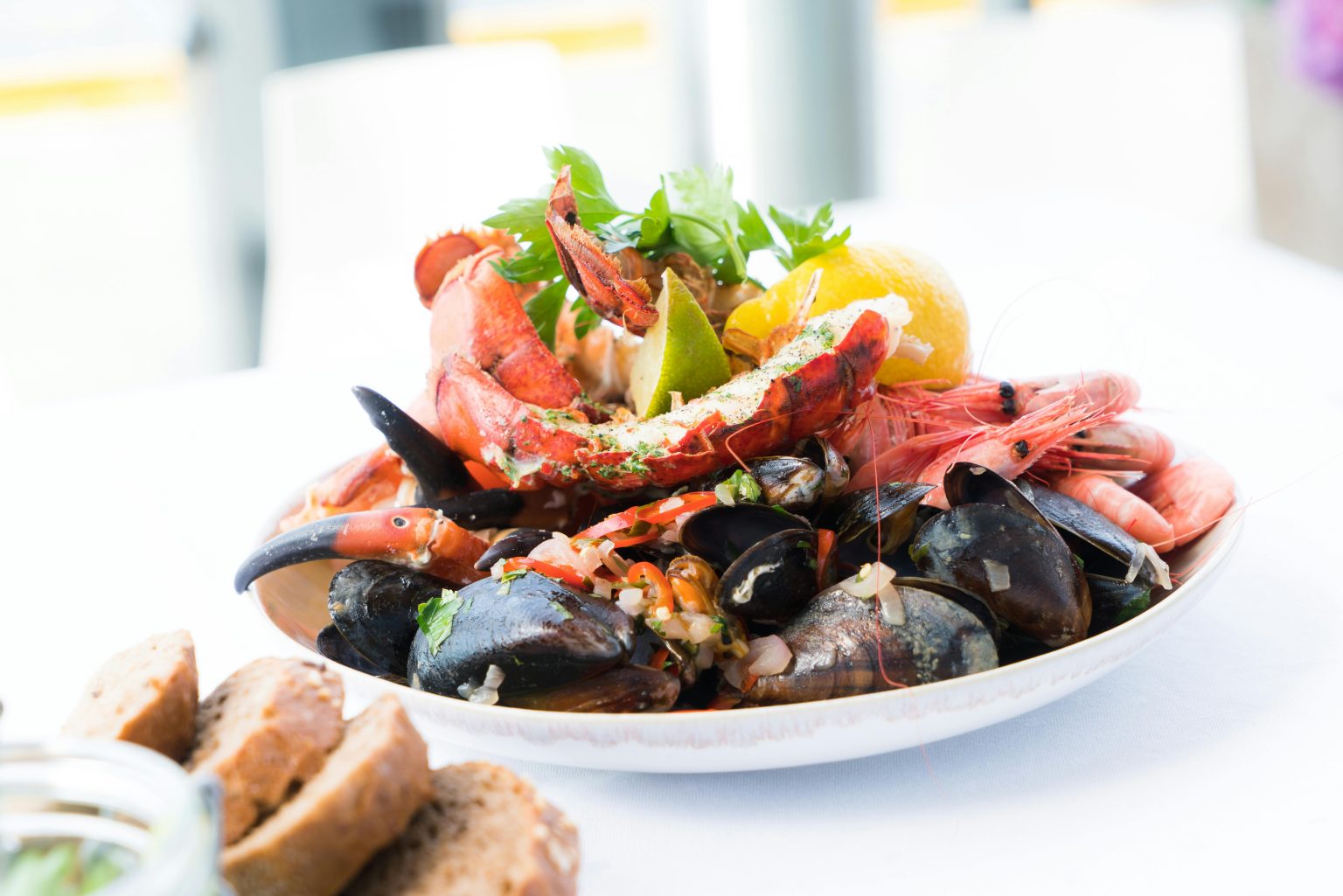Photo credits: Freepik / Luis MolineroConsumers might not think about it while enjoying calamari tacos or a Friday-night sushi roll, yet seafood processing sits at the heart of a global supply chain that now feeds more than half the planet’s protein appetite. In 2025, that chain looks very different from even five years ago: tighter labour markets, stricter sustainability targets, and an always-on demand for traceability have accelerated a quiet revolution on factory floors and fishing decks alike.
A snapshot of the seafood processing industry in 2025
Market researchers still forecast year-on-year growth for fish and shellfish, driven by health-conscious millennials and expanding middle-class markets in Asia and Africa. Yet growth alone does not guarantee profits; margins depend on how nimbly a plant can switch from cod to cuttlefish or from fresh fillets to IQF portions without losing a gram of yield. That pressure has forced operators to rethink almost every touch-point, from grading and defrosting to final packing, and to hunt for partners who can deliver end-to-end agility.
Tradition meets tech: conveyor sorting systems get smart
One telling upgrade is on the humble conveyor line. Where yesterday’s belts simply moved totes from A to B, today’s modular conveyor sorting systems integrate barcode readers, dynamic weighing, and predictive maintenance dashboards. Peruza’s own modular parcel-handling line, for example, lets processors scale capacity a section at a time and swap out components as product mixes change. The same logic is now migrating from e-commerce warehouses to seafood plants, where real-time sensors help quality teams spot temperature spikes long before they show up in your HACCP logs.
Fit-for-purpose fish processing machines
Walk through a modern plant and you’ll still see time-tested operations—deheading, gutting, filleting—but the equipment looks nothing like the gear your grandfather ran. Compact automatic filleting units sized for sardine and herring pockets free staff to focus on QC rather than repetitive knife work, while roller grading lines divide pelagic species into three precise size classes at speed. Not only does this consistency boost downstream packing efficiency; it also slashes giveaway, the hidden cost every plant manager hates to admit.
The rise of the on-board shrimp processor
If there is one showcase that proves how far things have come, it is the on-board shrimp processing line. Instead of icing raw catch and racing back to port, skippers running Peruza’s 1 000 kg-per-hour line can wash, grade, cook, cool, freeze and even carton shrimp before the trawl nets are stowed. The benefits read like a shipping-manager’s wish list: more days at sea, lower energy use, and boxes that roll straight into retail freezers without a second-chance thaw. Sustainability gains are real, too—less diesel burned per kilo landed, and fewer broken cold-chain links that send edible protein to landfill.
Holistic seafood processing solutions
The buzzword for 2025 is “platform.” Processors no longer want a single stand-alone slicer; they want interoperable seafood processing solutions that talk to the plant’s MES, export KPIs to the finance team and feed carbon-footprint data to the CSR dashboard. Peruza’s flow-weight graders, defrosting chambers and robotic packers were built with that mindset: every module can plug into the next, or bolt onto legacy lines until budgets free up for a full overhaul.
Sustainability goes mainstream
Regulators from Brussels to Bangkok now flag greenhouse-gas intensity right beside hygiene scores. In response, machine builders have shifted to variable-frequency drives, closed-loop refrigerants and belt materials that last two, even three cycles longer. Some Baltic plants report double-digit energy savings after swapping ageing chillers for Peruza’s water-spray thawing chambers and smart compressors. Those upgrades are less about green marketing and more about cost per tonne—a metric investors watch as closely as any auditor.
What does tomorrow look like?
Expect AI-assisted vision systems that grade fillets by fat content, blockchain-ledgers that follow a salmon from fjord to fork, and cloud-based twins that simulate workflow before a single crate is unloaded. Yet the common thread remains the same: processors who invest in versatile, data-rich equipment today will ride out tomorrow’s shocks—be they trade tariffs, viral TikTok trends or El Niño catch swings—better than operators locked into rigid layouts.
For more than thirty years Peruza has partnered with companies of every size, from family smokehouses to blue-water fleets, delivering machinery that respects tradition while embracing tomorrow. Whether you need a low-footprint grader, a turnkey on-board shrimp processor, or the analytics layer to knit dozens of lines into one digital nervous system, our engineers are ready to help. Reach out for a consultation and learn how our next-generation seafood processing solutions can keep your business out in front.
Because in 2025—and well beyond—competitive advantage begins and ends with world-class seafood processing.



